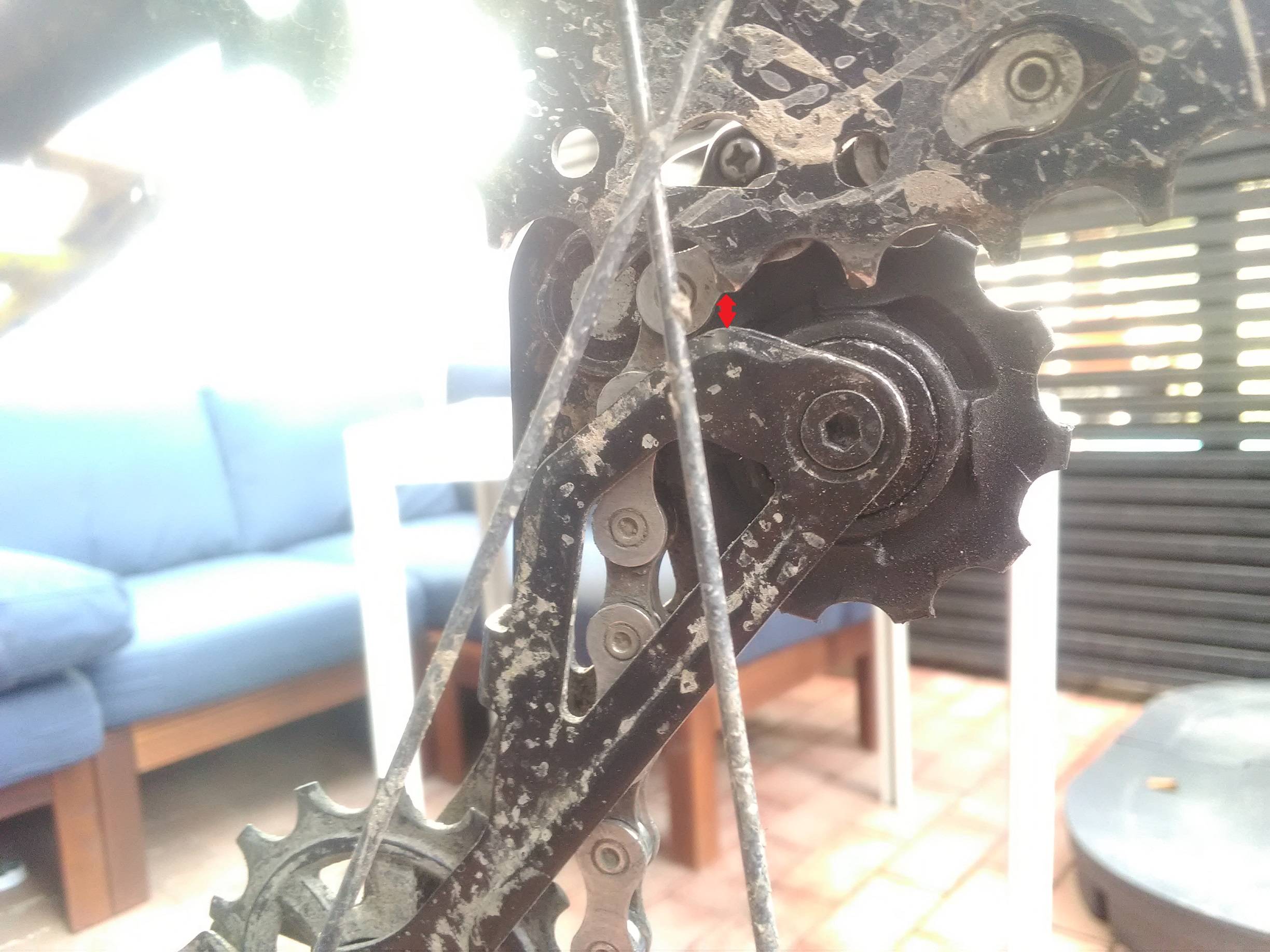I have a new rear derailleur (Microshift Advent X) which uses somewhat oversized cog wheels with 12 and 14 teeth. I am known to wear these wheels during the winter season, so I am already planning for spare parts.
I have a small stash of smaller 11 teeth pulley/jockey wheels and I wonder if I could install them when the time comes, instead of looking for matching larger spares. The benefits are that the 11-teeth parts are quite more widespread, but what are the possible problems that this could create?
Here are some negative things that I can imagine, but maybe I am missing something or underestimating the consequences.
Clearance problems between pulley/jockey wheels, derailleur cage and chain passing through them. I can imagine that squeezing larger cogs could cause that, but with smaller ones the clearance should increase.
Increased chain friction because of sharper angles when links are wrapping smaller cogs. I could not care less about it. The bulk of my friction problems in that area come from clogged bushings/bearings inside the pulley wheels; something that better seals, not more teeth, should help with.
Change of the optimal chain length. I can imagine that with fewer teeth I'd need to remove a few links from the chain? Or is it the other way around, and the chain must grow?
Worse chain retention (chain jumping inside the derailleur). I wonder if this will be noticeable given how constrained the chain inside the cage is, and with clutched derailleur keeping it tensioned.


